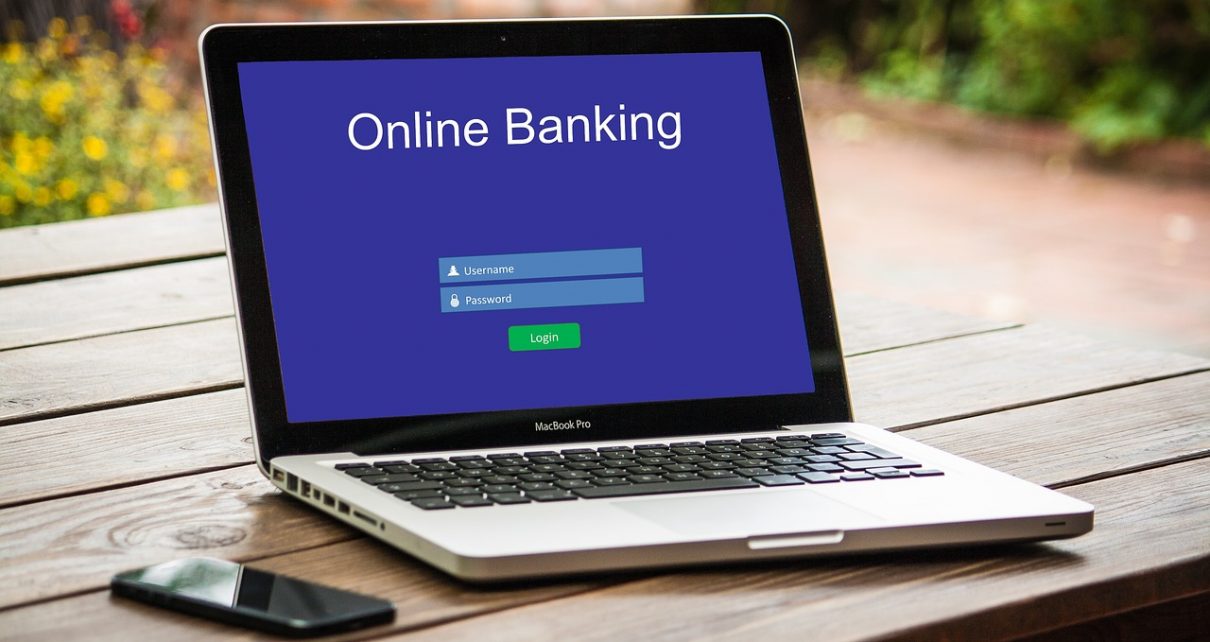The financial sector has been also hard-hit by the global crisis following the COVID-19 outbreak. One major consequence is the downfall of the stock market that has reduced the value of the client’s assets managed by banks and other entities. While loan inquiries stack, the credit risk rises at the same time, thus producing more liquidity havoc in the banking industry.
A Change of Gear in Strategic Planning
Behavioral changes are imposed as the lockdown deescalates in several countries. Activities that are usually performed in person, such as tutoring, for instance, are now available only online. Although in some areas the difference may be negligible, it is detrimental in others. Banking activities have massively switched to digital and remote counterparts. However, the remote is not always better when it comes to upselling and cross-selling to customers. Human interaction is part of the negotiation with clients; now digital companies move on the same ground as banks.

Therefore, since now the playground is flattened for financial entities despite their size, new strategies must be applied to get an edge over the competition. Increasing levels of customer risk take a more relevant part of the equation, thus institutions should work on balancing the new situation with governments. Banks also need to align their strategies to get into a strong position for the upcoming years. The only effective way to achieve these goals is to adapt financial products through laser-accurate changes in pricing and revenue management (PRM) to guarantee prospecting and retention.
PRM in the Comeback to the New Mainstream
Entities should focus on these three points to redefine their strategies regarding PRM and price offerings:
- The aftermath of the outbreak has a wide range of effects. Some sectors boom while others plummet. As day and night differ, delivery services skyrocket while restaurants are reopening at a snail’s pace. On top of that, uncertainty is predominant as to the duration of the comeback to previous standards. Thus, financial entities must assess what customers they can support better in the long term. To keep risk under control is to cross-sell lifetime clients rather than favoring would be clients loan applications.
- Historical records and standards have little meaning. We are playing on an unprecedented ground. Nowadays, PRM resolutions should not be led by past data. Data patterns, yearly trends, and academic knowledge is not reliable in the new mainstream. This change of mindset is astronomical, going as far as rendering 2018-2019 performance records useless in 2020. Therefore, long-term predictions for either macro or microeconomics have larger inaccuracy. A change in the decision-making paradigm is a must. Using fresh data, performing quick tests, and iterative prototyping are some keys to creating better products for the new era.
- Digital takes over in the industry. Businesses have several profits with digital services. Banks that have few offices are in the best of lucks because their fixed expenses are lower. In the customers’ eyes, digital is the way to go since cash is not ubiquitously accepted (who would have imagined that last year!), so users need to pay by card, contactless, or through e-wallets. When the de-escalation progresses, several customers will stay with the now imposed remote options due to the advantages: zero commutes, hygienic reasons, and utility. Customization and a personal touch – at the distance – are ways to balance the lack of direct human interaction.

An action List for the Banking Industry
To get into a position of strength in the coming years, banking companies need to focus on these actions:
- Respond to short-term opportunities. A way to restore continuity in the services is to quickly react to new chances to sell products. Remote agents can help customers to acquire new products, such as digital cards for online purchases, loans, etc.
- Escalate custom responses to clients. Banks should not underestimate the value of human touch in the interactions. A personalized response is always better than an automated email that thousands of clients receive alike. Not every response can be tailor-made by an agent, thus finding a balance is essential to optimize the management of corporate resources.
- Implement data-driven agile models. Response based on current data is more significant than historical. To react live to the changing situations, business models need to embrace the agile methodology.
- Develop competitive propositions. Pricing and experience need to be polished to the smallest details to provide an edge over competitors in the same niche.
- Reshape the revenue and business model. As the economy stabilizes, industry performance should keep adapting to the new reality with more elasticity than in the past.

Focus on UX to Boost Retention
Nowadays, clients witness the drawbacks of service providers more than before. No matter what industry, there is closer scrutiny due to the lack of providers during the quarantine. In other words, what you do wrong has more detrimental consequences than ever. A late response to the current conditions may suppose a serious loss of clients. And once they are gone, it takes a lot of time -if ever- to reconsider a comeback.
No-PIN transactions with higher limits and favoring mobile wallets are two attractive options. Netherlands and Poland have already supported the former. At the same time, cash transactions could come along with higher fees than before to discourage their use in favor of digital transactions. This is like a race against a countdown since the window of opportunity for short-term opportunities may end soon.
Wrapping It Up for Banks
Lessons are to be learned about the pandemic crisis management. Several factors influence how banks should respond to clients’ needs, such as location, government measures, de-escalation schedule, and so on. Maintaining the economy at equilibrium is a priority while adapting to the new regular. The techniques adopted now will pay back in the future whenever a similar situation arises again.
On the bright side, the techier users will profit the most from better digital services having their finances in their pockets all times. Also, the development of digital products will be in more demand, thus improving the industry standards. Banks should redirect their course to navigate in the uncertain waves that are to come in the next years.





